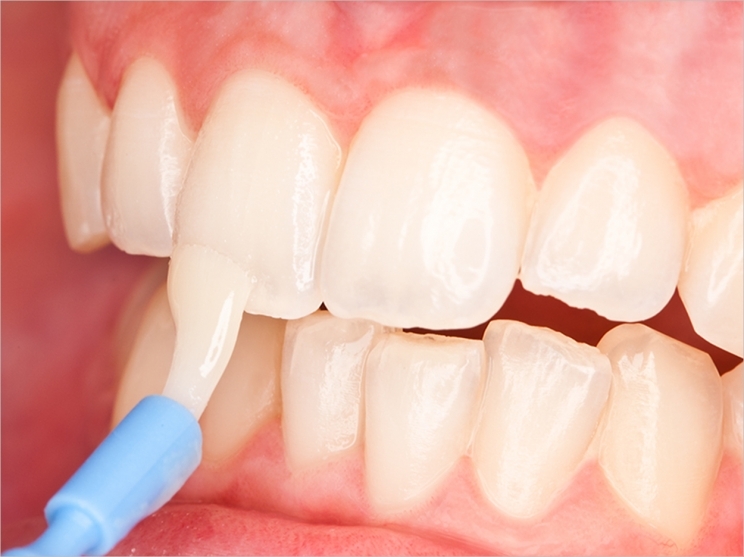
The prevalence of caries in adults and adolescents is declining, according to the Institute for Quality and Efficiency in Health Care (IQWiG), yet the number of caries among children under the age of 3 has not decreased. In fact, about 14% of all 3-year-olds in Germany have caries in their primary dentition, the IQWiG adds, though the group also notes that fluoride varnish effectively helps remineralization and prevents caries development and progression.
The IQWiG says that fluoride varnish is especially advantageous for small children because it hardens quickly. However, the group says there is a lack of conclusive data indicating whether it also has advantages for further outcomes such as tooth preservation, toothache, or dental abscesses.
A sugary diet and a lack of oral hygiene are particular risks among children. They are especially likely to have caries because the enamel on primary teeth is more sensitive than the enamel on permanent teeth, though permanent teeth also are sensitive when they first emerge and their enamel hasn’t fully hardened yet. If primary teeth already have caries, the IQWiG says, subsequent permanent teeth also often are infected.
The IQWiG explored whether the application of fluoride varnish to the primary dentition had advantages compared to standard care without specific fluoride application. Researchers extracted results from 15 randomized controlled trials involving children under the age of 6 with or without caries in their primary teeth. In these trials, 5,002 were treated with fluoride varnish, and 4,705 received no such treatment.
In many of these trials, further caries prevention strategies were offered in addition to fluoride varnish, including oral hygiene training, toothbrushing instruction, and provision of toothbrushes and fluoridated toothpaste. The follow-up observation periods were two years in most cases and three years in some.
Caries were examined in all of the studies, and side effects were investigated in almost all of them. Further outcomes such as tooth loss, toothache, abscesses, or gingivitis were rarely explored. The respective data showed no difference between the intervention and control groups, so no conclusions on the advantages or disadvantages of fluoride varnish could be derived. Data on oral health-related quality of life factors were lacking completely.
Despite the very heterogeneous results, the IQWiG concludes that caries in primary teeth was less common after fluoride application than without it. The IQWiG also says that the treatment could completely prevent caries in about every tenth child, and it would reduce the progression of caries in other children. Whether the children already had caries did not impact the fluoride varnish’s benefits.
The study, “Assessment of the Application of Fluoride Varnish on Milk Teeth to Prevent the Development and Progression of Initial Caries or New Carious Lesions—Rapid Report,” was published by the IQWiG.
Related Articles
Fluoride Varnish as Effective as Sealants in Preventing Decay
Pediatricians to Apply Fluoride Varnish in New Program
SDF Alternatives Examined for Treating Childhood Caries











